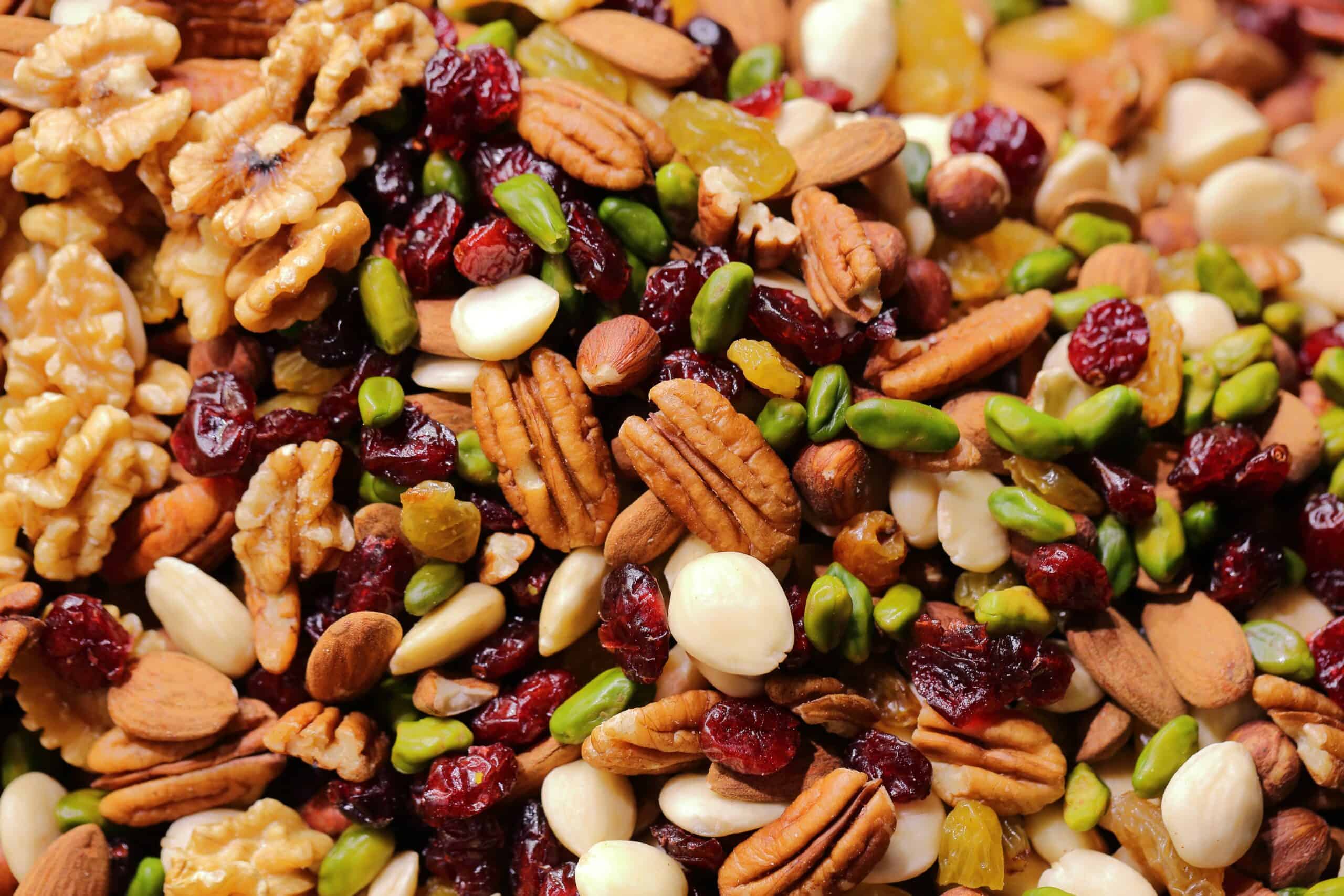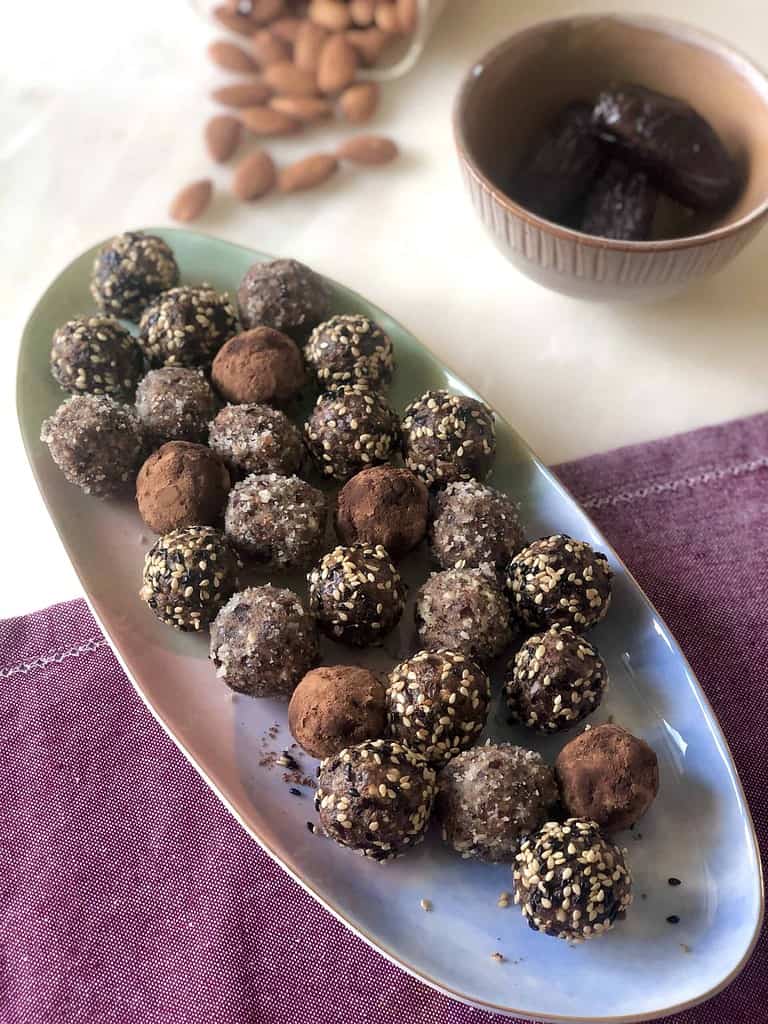Are dried fruits and nuts required in your diet?

Why did the almond jump into the boiling soup? Because it was nuts!
But, if you are skipping dried fruits and nuts in your diet due to the “high calories”, we will invariably have to call you nuts! Now, don’t be offended by our dry humour and read our take on dried fruits and nuts.
There are two schools of thought among nutritionists when it comes to dried fruits and nuts. Some ask their clients to steer clear of these calorie-dense and sweet foods, while others preach their benefits. Are dried fruits and nuts required in your diet? Let’s explore.
As the temperatures slowly drop, in most places, foods take on a quintessential change to richer, more decadent textures and flavors. Nothing says winter more than the rich sweet flavors of dried fruits, nuts, and spices– think traditional Indian halwa, Christmas cakes and puddings, and chocolate-covered everything.
Is there a difference between dried fruits and nuts?
Dried fruit is often a loosely used term for dried fruits and nuts, although the two are quite different. Dried fruits are exactly that; fleshy pulpy, fruit components of plants that are dehydrated or dried out. Whereas nuts are the seeds or kernels of plants that are often surrounded by hard shell – pistachio, almonds, peanuts, walnuts, etc.
What nutrients do dried fruits and nuts provide?
Dried fruit and nuts also vary in their nutritional values and properties that they lend to the foods they are used in. The dehydration or drying process makes dried fruits a concentrated source of natural sweeteners, fiber, and micronutrients like vitamin B6, potassium, and antioxidants like polyphenols. The major caloric contributor in dried fruits comes from the carbohydrates in the natural sugars. Nuts, on the other hand, are packed with unsaturated fatty acids (good fat) that contribute to their caloric value. Nuts are also a great source of protein and fiber.
Why are they often used in winter foods and sweets?
Dried fruits and nuts are especially used in foods in the winter season as they have concentrated caloric energy that help in the heat generation process in the body. The utility of dried fruits and nuts in special occasion foods like sweets, rice dishes and milk-based desserts elevates them to a whole new level.
Should you include them in your diet?
More than anything, dried fruits and nuts are now a common go-to snack in today’s busy lifestyles as a healthier option. And they really are a healthy option, when eaten in moderation. Eating a handful of mixed nuts and dried fruits a day can help in warding off hunger for a couple of hours. They provide energy and a nutrient-packed healthy alternative to other fast foods you might have access to, on the go. They also provide a textural change in the foods they are added to and who doesn’t like variety!
Here is a recipe for a Dates & Nuts Truffle which can be a healthy dessert option to have at home:
Dates and Nuts Truffle
(by Tarannum Samtani)

Ingredients:
- 1 cup roasted peanuts
- 10-12 medjoul dates
- 1 cup almonds
- Cocoa powder for dusting
Method:
- Grind the peanuts in a food processor till you get a powder. Then continue pulsing till the oil separates and you get peanut butter. Keep it aside.
- Grind almonds to a coarse powder in the mixer grinder. Keep aside.
- Lastly, grind the deseeded dates to the mixer until you get a thick paste.
- Combine the three ingredients in a bowl or plate. Knead them into a dough.
- Apply some oil on your palms and roll out tiny balls.
- (Optional) Roll these balls in some cocoa powder or roasted sesame seeds, if you like.
- Viola, you have your guilt-free Dates and Nuts Truffles!
These are highly addictive, so make sure you keep a count on how many you have in the day! Don’t tell us that we didn’t warn you! Do try it out though, it walnut disappoint 😉
This blog was written with our in-house nutritionist, Gauri Shingote. If you want to consult her, contact us. If you sign up for any class in the month of December, you get a free consult with her. It doesn’t get better than this! Join a Pilates class now!
